Cluster flies are a common nuisance in many households, particularly during the colder months when they seek shelter indoors. Understanding and how they differ from other pests is crucial for effective management. This article will cover everything you need to know about cluster flies, including how to get rid of cluster flies, their lifecycle, and what causes cluster flies.
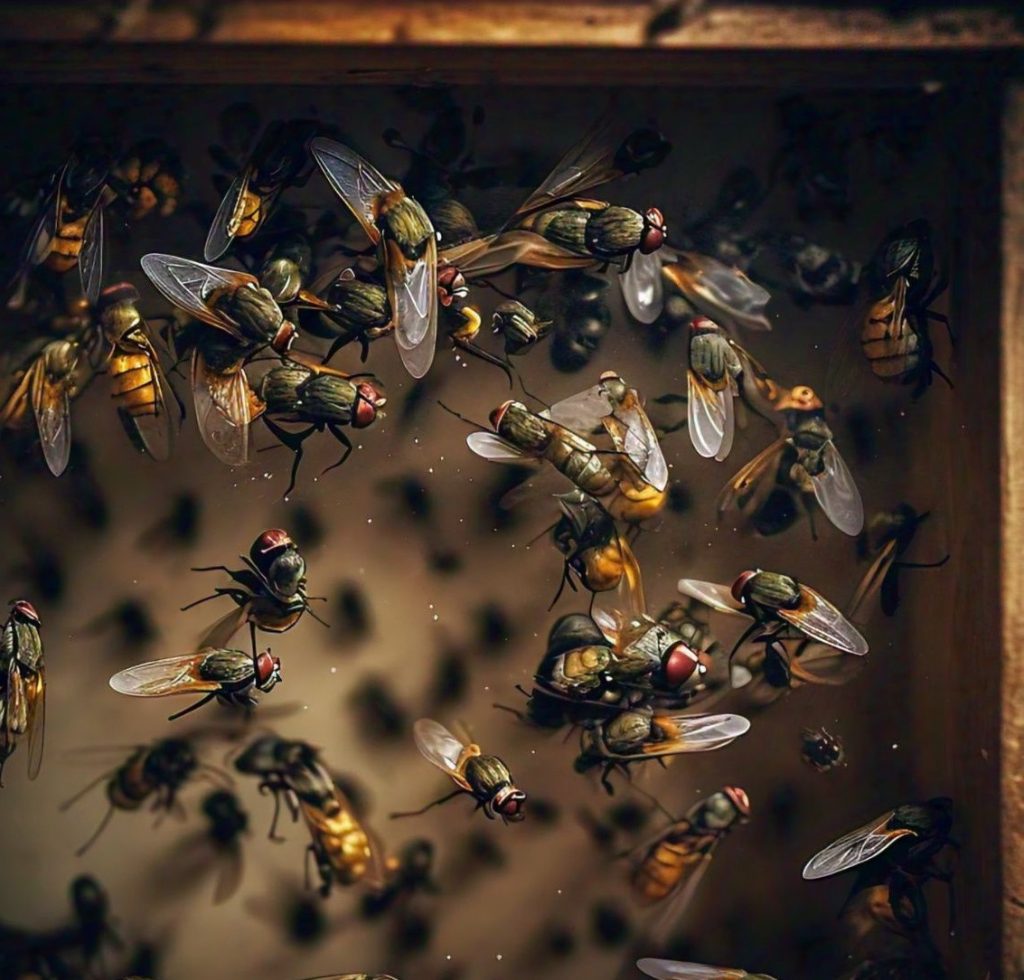
What Are Cluster Flies?
Cluster flies are often mistaken for houseflies due to their similar appearance. However, they are generally larger and have a distinct dark grey color. Unlike houseflies, which are attracted to filth and decaying organic matter, they are parasitic on earthworms during their larval stage. So, if you’re wondering, what are cluster flies and why they’re in your home, it’s likely because they are seeking warmth during the fall and winter months.
Cluster Flies in House: Why Are They Here?
Cluster flies in house are a common sight during the colder months. These flies enter homes in large numbers to hibernate, often clustering around windows, attics, and wall voids. The key question many homeowners have is, where do cluster flies come from? The answer lies in their lifecycle; they enter homes from surrounding fields and gardens where they develop as larvae inside earthworms. As the weather cools, they migrate indoors in search of warmth.
How to Get Rid of Cluster Flies
Knowing how to get rid of cluster flies is essential for maintaining a comfortable home environment. There are several methods for cluster fly treatment, including the use of fly traps, sealing entry points, and professional pest control services. If you’re facing a fly infestation, it may be necessary to use an exterminator to fully eliminate the problem.


Cluster Fly vs. House Fly: What’s the Difference?
| Feature | Cluster Fly | House Fly |
|---|---|---|
| Appearance | Larger, darker, with golden or yellowish hairs on body. | Smaller, grayish with dark stripes on thorax. |
| Behavior | Slow-moving, sluggish, often found clustering in groups. | Fast, active, and often found buzzing around food. |
| Breeding Sites | Outdoors, in soil or leaf litter, where they lay eggs. | Indoors, often in garbage, manure, or rotting food. |
| Seasonal Activity | Most active in late summer and early fall. | Active year-round but more noticeable in warmer months. |
| Habitat | Prefer attics, wall voids, and undisturbed areas. | Commonly found in kitchens, garbage areas, and near food sources. |
| Life Cycle | Longer, with a lifecycle that includes overwintering as adults. | Shorter, with quick reproduction cycles. |
| Health Risk | Generally harmless to humans. | Can carry diseases and contaminate food. |
| Attraction | Attracted to warmth and sunlight. | Attracted to food, especially decaying matter. |
| Infestation Signs | Large groups clustered in attics or near windows. | Frequent sightings near food or garbage. |
| Control Methods | Seal entry points, use traps, and professional removal. | Sanitation, fly traps, and regular garbage disposal. |
Cluster Fly Infestation: Signs and Prevention
It can be identified by the presence of slow-moving flies gathering around windows and in attics. Preventing an infestation involves sealing cracks and gaps in your home’s exterior, particularly before the onset of winter. If you’re already dealing with an infestation, knowing how to rid cluster flies is crucial. This includes both chemical and natural methods for effective cluster fly treatment.
Cluster Fly Lifecycle and Reproduction
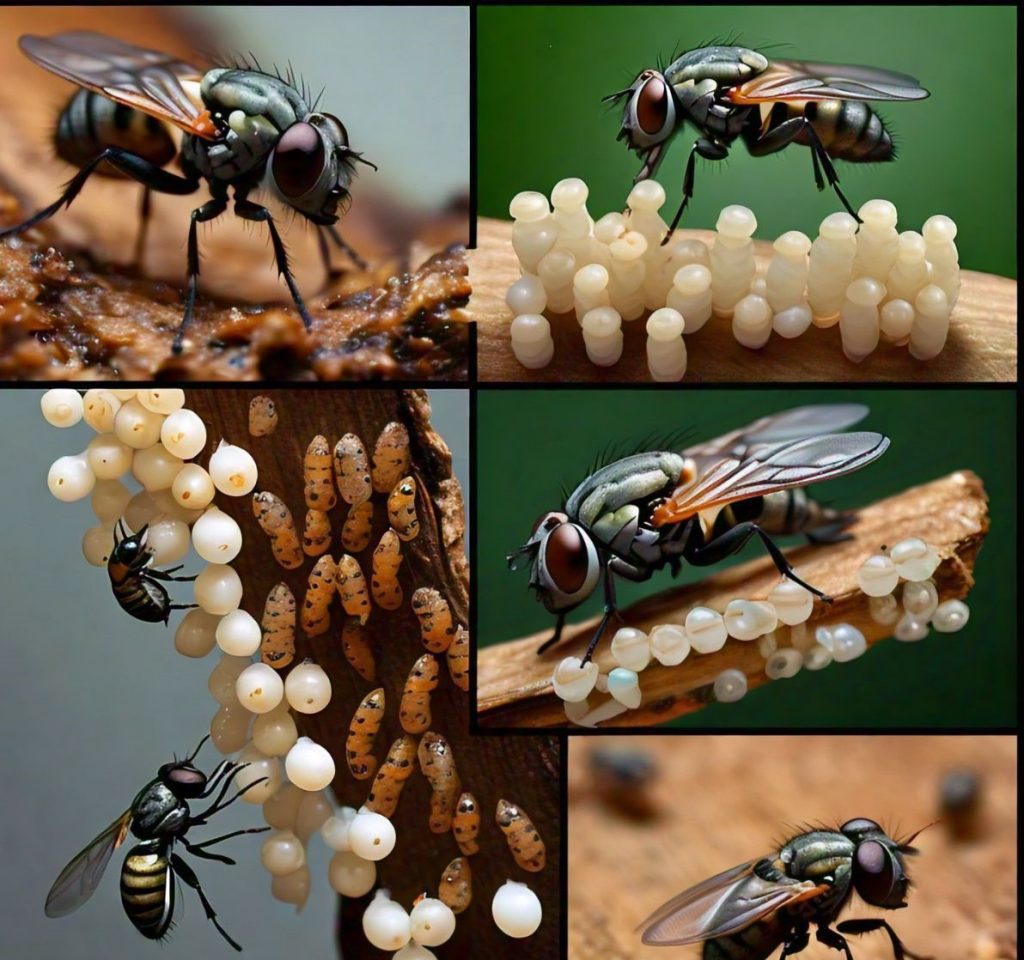
The cluster fly life cycle is fascinating and different from other common flies. After hatching, the larvae seek out earthworms, where they develop until they emerge as adult flies. Understanding how do cluster flies get into house and do cluster flies lay eggs in houses is essential for managing their presence. While they do lay eggs, it’s important to note that they prefer outdoor environments like gardens and fields for egg-laying.
Do Cluster Flies Bite?
Many people are concerned about it. The good news is that they do not bite or pose any direct harm to humans. However, their presence in large numbers can be a significant nuisance.
Cluster Flies in Summer and Winter
They in summer are generally not a problem as they are outdoors, completing their lifecycle. However, they become an issue in fall and winter when they seek refuge in homes. Understanding them in winter behavior is key to preventing an infestation. They are known as overwintering insects, meaning they enter homes to hibernate until spring.
What Do Cluster Flies Eat?
A common question is, what do they eat? As adults, they do not feed on human food sources or waste. Instead, they survive on the energy stored from their larval stage. The larvae, on the other hand, are parasitic and feed on earthworms.
What Smell Do Cluster Flies Hate?
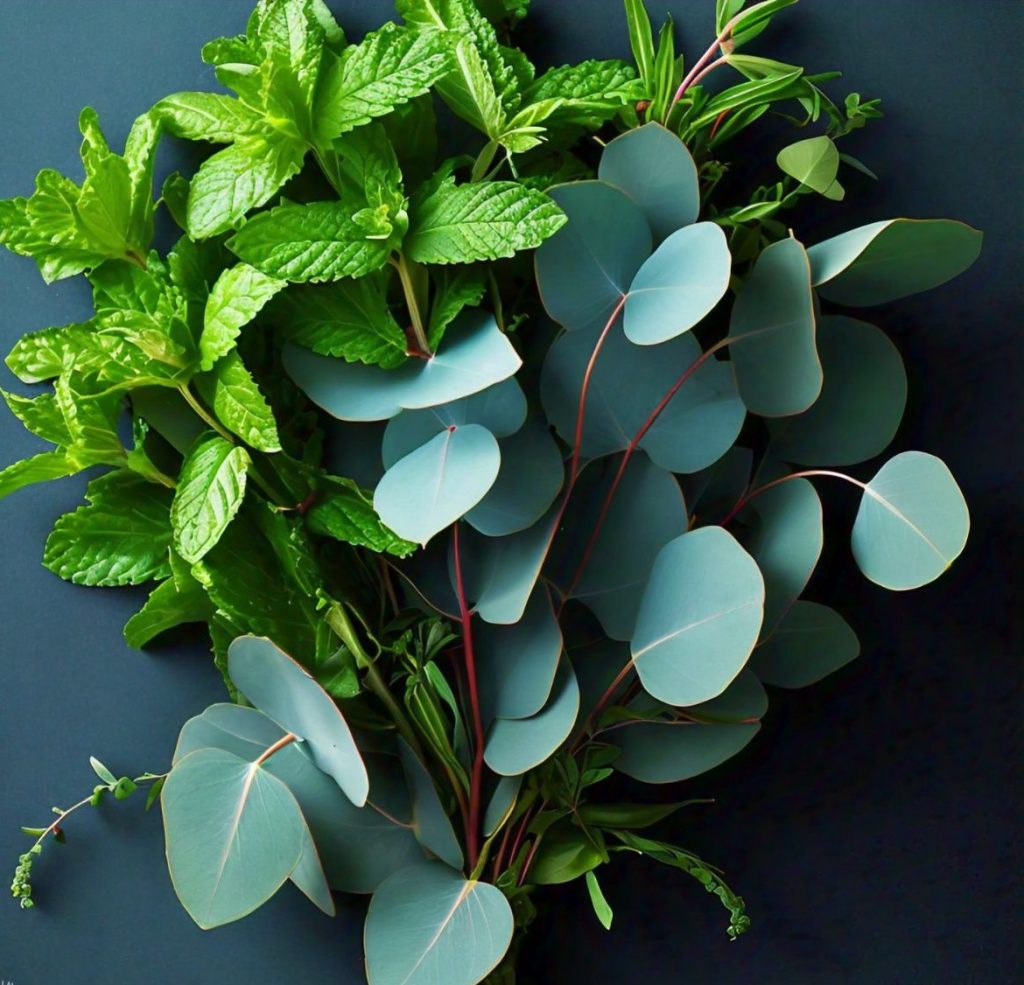
If you’re looking for natural repellents, you might wonder, what smell do flies hate? These flies are repelled by strong odors like eucalyptus, peppermint, and other essential oils. Using these scents around entry points can help in preventing cluster flies from entering your home.
Cluster Fly Traps and Other Control Methods
For those dealing with an infestation, fly traps can be an effective solution. These traps attract and capture flies, reducing their numbers indoors. Additionally, using a cluster fly killer or professional pest control methods can provide long-term relief from these pests.
Cluster Fly Lifespan and Lifecycle
The cluster fly lifespan is typically around one year, with most of that time spent in the larval stage. However, as adults, they can live several months, particularly if they enter homes to hibernate. Knowing how long do cluster flies live is important for managing and controlling their presence.
What Causes Cluster Flies in the House?
Many homeowners wonder this. The primary cause is the flies’ natural instinct to seek warmth and shelter during the colder months. They are attracted to buildings, particularly older homes with lots of cracks and gaps.
How to Kill Cluster Flies
If you’re dealing with an infestation, knowing this question is essential. Methods include using cluster fly killer sprays, setting up traps, and even hiring a professional cluster fly exterminator.
How to Stop Cluster Flies Returning
Once you’ve managed to eliminate the flies, the next step is understanding how to stop cluster flies returning. Sealing entry points, using repellents, and regular maintenance can help prevent future infestations.
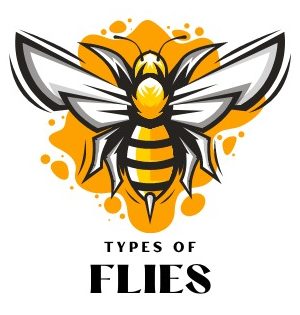
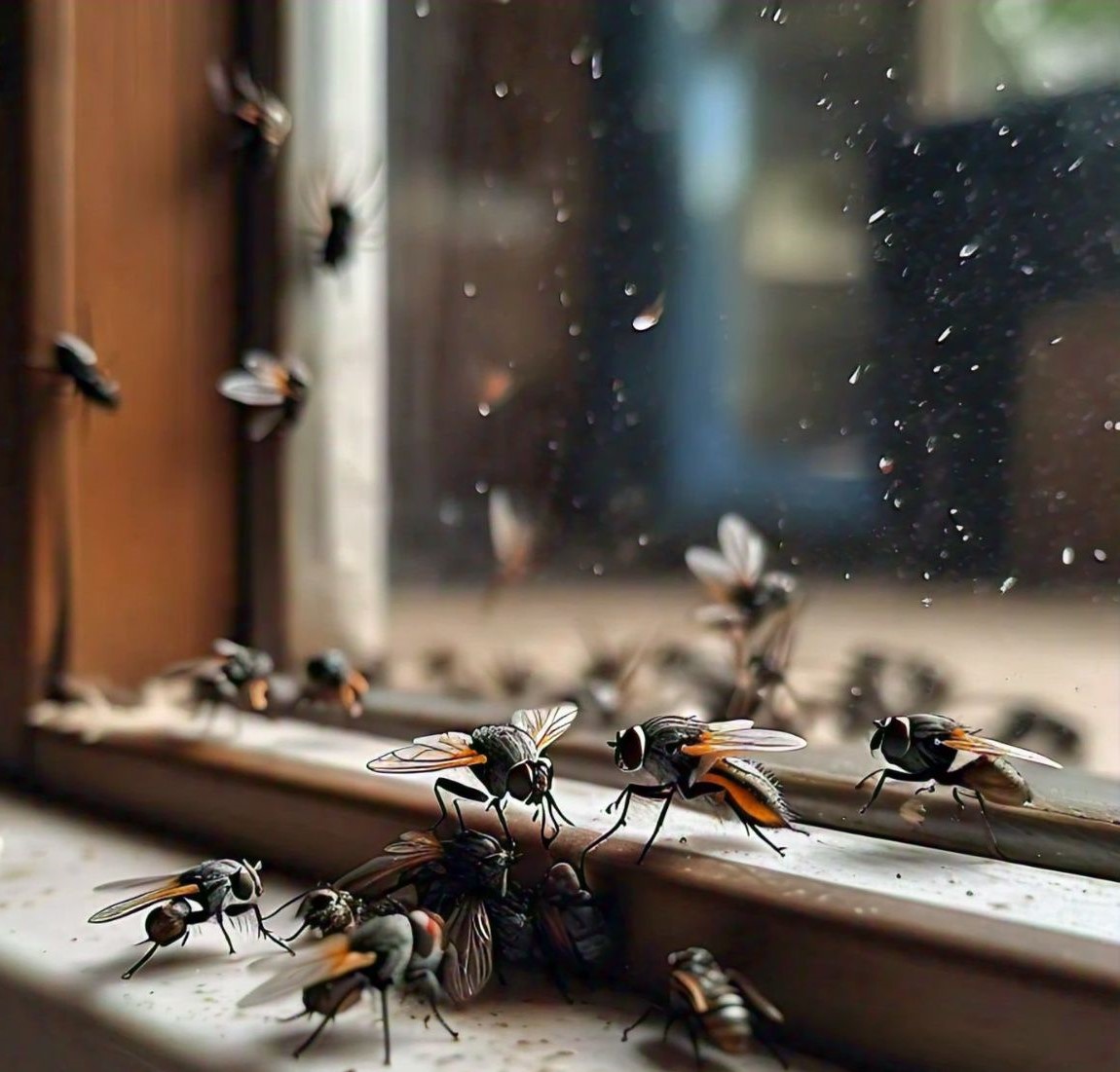
MashAllah These are very very informative articles.
Described everything about flies.
Great informations.
Excellent 👌
[…] for their vibrant metallic colors, Blow Flies (Calliphoridae) are often associated with decaying matter. Their shiny blue, green, or bronze bodies make them […]